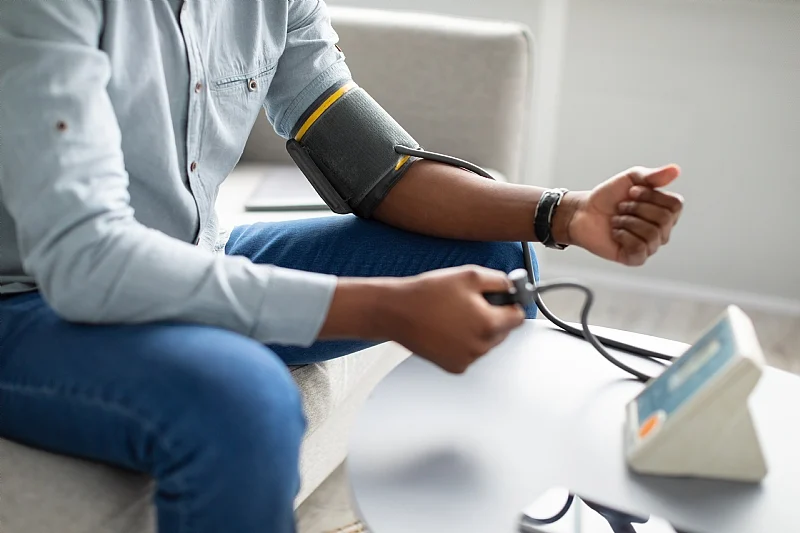-Older adults who are functional and cognitively intact and have significant life expectancy should receive diabetes care with goals similar to those developed for younger adults.– Glycemic goals for some older adults might be relaxed, using individual criteria, but hyperglycemia leading to risk of acute hyperglycemic complications should be avoided.-Other cardiovascular risk factors should be...





